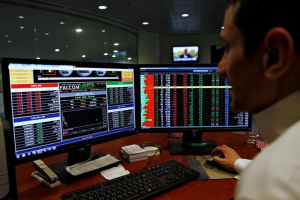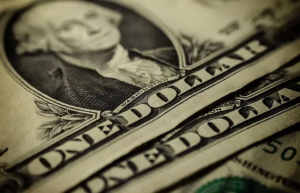Thursday’s announcement from the Bank of Korea (BoK) marked a resumption of its rate-cutting cycle, as the central bank unanimously decided to lower the policy rate from 2.75% to 2.50%.
The downward revision of GDP forecasts suggests the possibility of further easing measures.
However, Governor Rhee’s remarks indicated a less dovish stance on future easing. ING anticipates a total of 50 basis points in cuts during the second half of the year.
The rate cut decision today was made with a unanimous vote, and four out of the six BoK members were open to the possibility of another cut within the next three months.
Governor Rhee also discussed the potential for larger interest rate reductions, which could signal a stronger easing stance.
Despite this, ING interprets the BoK’s position as remaining cautious. Rhee has consistently highlighted the conditional nature of these forecasts, pointing out the risks of asset market bubbles and uncertainties with the Korean won (KRW).
ING maintains its forecast that the BoK’s terminal rate will reach 2.0% by year-end.
Inflation has been tracking higher than anticipated, yet the BoK has maintained its inflation forecast at 1.9% year-on-year for 2025 and has lowered the forecast for 2026 from 1.9% to 1.8%.
This adjustment indicates the BoK’s expectation that slower growth will temper demand-driven inflationary pressures in the future.
Additionally, global oil prices are projected to stay low, and with many companies having already raised prices this year, fewer increases are expected in the latter half of 2025.
ING foresees the next government taking measures to monitor public service fees and maintain stable inflation.
Regarding GDP projections, the BoK has decreased its growth outlook for 2025 from 1.5% to 0.8% and for 2026 from 1.8% to 1.6%.
These significant revisions stem from a weaker-than-expected GDP in the first quarter of 2025, which saw a contraction of 0.2% quarter-over-quarter, seasonally adjusted, and from the impact of higher US tariffs expected to weigh more heavily on exports.
Construction investment is also anticipated to drag on overall growth throughout the year.
The BoK has underscored the uncertainty of these forecasts, which depend on the outcomes of trade negotiations and the fiscal policy direction of the incoming government.
The current downturn in construction is attributed to efforts to correct previous overinvestment, a process that will require time and policy support for a smooth resolution.
However, further rate reductions could impede these necessary adjustments, warranting a cautious approach.
ING suggests that the construction policy of the new government will be an important determinant of future monetary policy.
Looking ahead, ING projects two additional rate cuts by the BoK before the end of the year, which would lower the policy rate to 2.0%.
The final rate level, however, may hinge on the fiscal and construction policies adopted by the new government, as well as the trajectory of US tariff policies.












